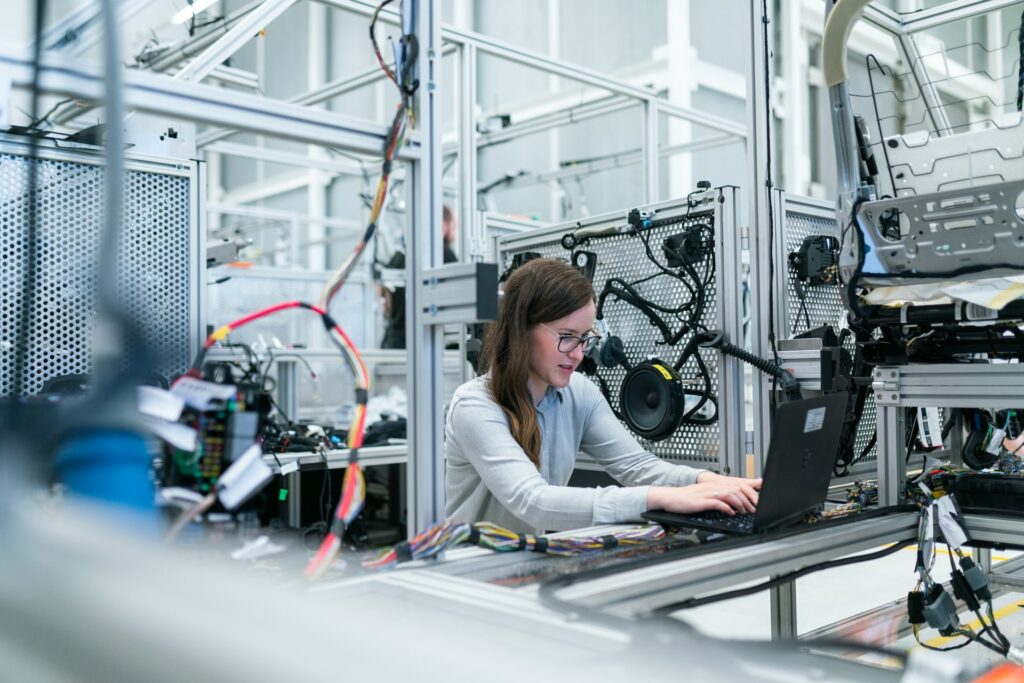Two of the processes we always talk about in Mediavilla workshops and in which we consider ourselvess experts are CNC Milling and Turning and the differences between them. Because although it seems that we are talking about the same process, which has the same surname, they are two different things that are part of the machining of the parts. And it may be one of the most versatile things we do in our workshop and it doesn't just belong to milling cylinders. Our years of experience have led us to perfect our machining techniques until we find the most appropriate way of working to always achieve a perfect finish and according to the demands of our clients. Come from the field that comes. And although most of the work we do is geared towards machining cylinders for milling, it is true that today we are talking about slightly more global industrial processes.
CNC milling and turning and the differences between them
The first thing we must clarify is, although we have already commented on it on several occasions, what the abbreviations CNC stand for. And it is that any industrial process that bears this surname has the peculiarity of doing its work through a computerized numeric control. In other words, all the work is carried out through numerical orders, which the machines receive and which are previously programmed without the need for the intervention of operators during the process.
This machining has the advantage that it does not need vigilance or human action to know that it is going to be carried out successfully. But, in addition to this, thanks to this computerized numerical control, much more precise and meticulous finishes can be achieved, with measurements that may be imperceptible to the human eye.

CNC milling
Milling is an industrial process that has been used over the years for the design and machining of all kinds of parts. It is one of the ways to design a part with a rotation and cutting tool, which we call a milling cutter. The milling machine is a tool that has been used in the industry for a very long time, but it has been perfected more and more.
What differentiates conventional milling from CNC milling is the previous process of design and control of data and orders that exist in the latter. And it is that to speak of CNC milling, as we have commented previously, we already have a previous idea of how the piece is going to look. And not only this, but we have numerical orders and precise data on the finish of it. But if you want to know everything about CNC milling and how it is done correctly, We tell you about it in this article.
However, milling, however It is a process that is carried out on a practically raw material.. It is used for many industries and is so versatile that it can create parts for all types of machinery. It is part of the machining of parts for the automotive, aeronautical, aerospace industries...
CNC turning
When we talk about turning, in this case of CNC turning, We are talking about giving a specific shape to the surface of a piece. With the same guidelines as CNC milling, the design and ornamentation of the part's surface are previously established. And later, the cutting tool performs the chosen turning to the millimeter.
The precision is incredible, since specific softwares are used to achieve the highest precision. AND it is used for screw threads, small parts or embellished finishes of ornamental parts that need to be very precise. Some musical instruments, certain parts of motors or some furniture, need to be machined by CNC turning. Everything you want to know about CNC turning in detail, We have already summarized it for you in this previous article.

CNC milling and turning and the differences between them
The main difference that we can appreciate between CNC milling and CNC turning, although it is true that both are precise processes, It is the point from which each starts. Well, milling is a much more rudimentary process, designed to extract more material from the raw element. Although design programs are used and it is known what the result is going to be, it is a more primary process for the elaboration of a piece.
And later, we would have the turning. We could say that there can be no turning without milling, or without a prior machining process to remove material. To have a good CNC turning precision, there must be a part with a material willing to be perfected.. So there can be CNC milling without turning, but there can be no turning without CNC milling.
anyway if anything characterizes us in Talleres Mediavilla, is the accuracy of the work we do. either in CNC milling or in any work that we are going to carry out. Our experience and professionalism represents us, and for this reason we can be proud of the work and the demanding clients that have brought us to the point where we are.
